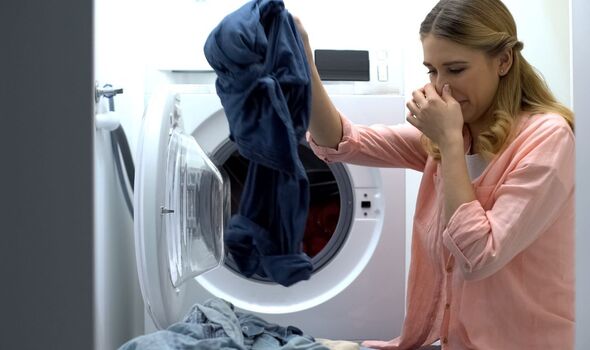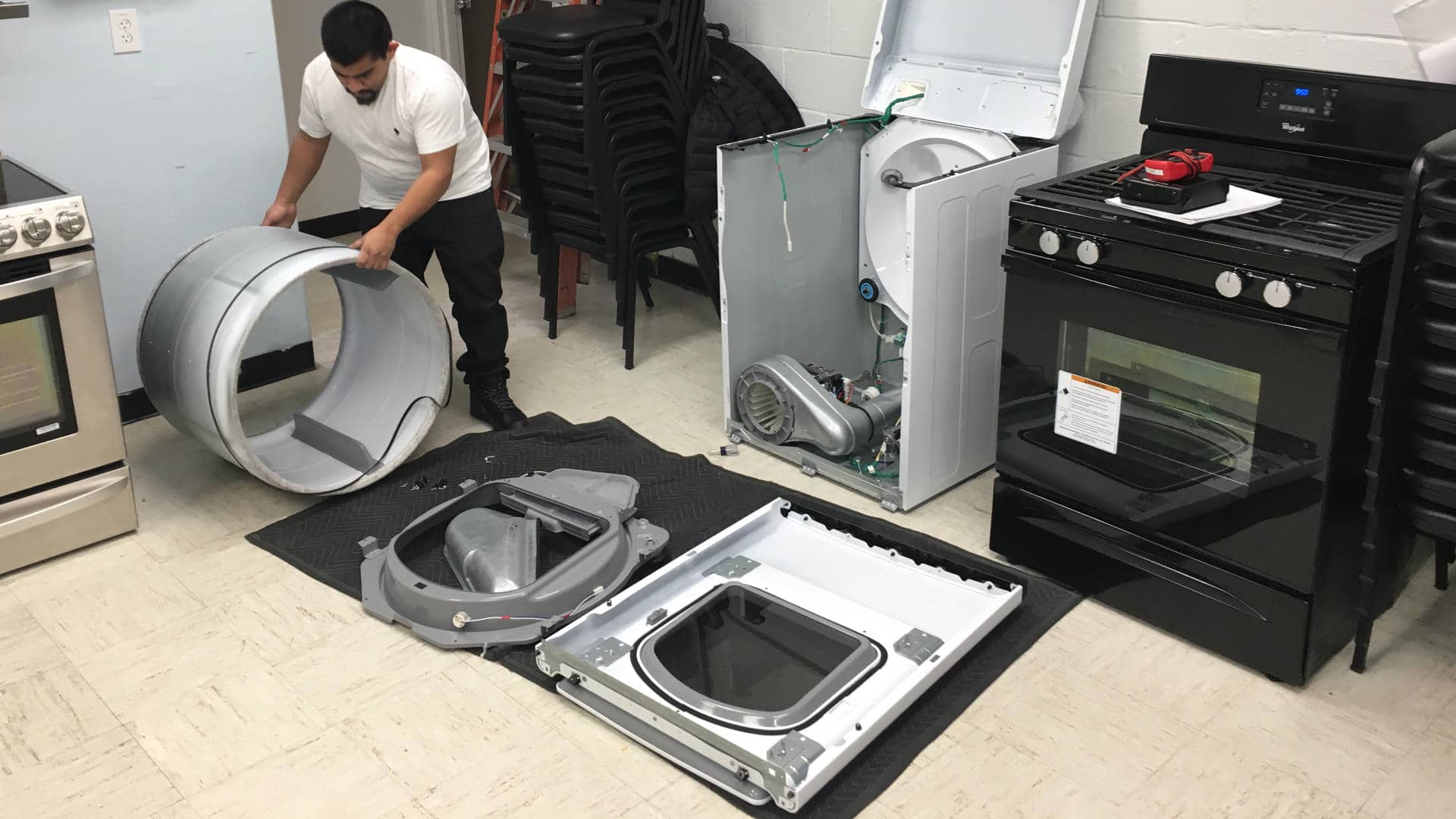Why Do Bad Odors Occur in Washing Machines?
Maintaining the freshness of clothes goes hand in hand with preserving the cleanliness of your washing machine. Yet, the emergence of unpleasant odors from this seemingly self-cleaning appliance can be perplexing. In understanding "Why Do Bad Odors Occur in Washing Machines?" we unravel the intricate web of factors contributing to this issue. From lingering detergent residues and water quality concerns to hidden microbial threats within the machine, each aspect plays a role. This exploration not only delves into the root causes but also equips you with practical solutions. Discovering how regular maintenance, strategic cleaning practices, and awareness of water quality can combat these odors is paramount. Join us in dissecting the nuances of this household challenge to ensure your washing machine not only cleans your clothes effectively but does so without leaving behind unwelcome scents.
Bad Odors in Washing Machines: Unveiling Root Causes and Remedies
The presence of unpleasant odors in washing machines is a persistent issue that can compromise the freshness of laundered clothes. To comprehend the root causes and effective remedies, it's crucial to explore the multifaceted nature of this challenge. Detergent residues, often left behind in nooks and crannies of the machine, become breeding grounds for bacteria, resulting in malodorous concerns. Water quality, influenced by mineral deposits and limescale, further contributes to the problem.
Remedies lie in a systematic approach. Regularly cleaning the detergent drawer, drum, and seals with a mixture of vinegar and baking soda helps eliminate residue and prevent bacterial growth. Running occasional hot water cycles and using specialized washing machine cleaning agents prove effective in maintaining a hygienic interior. Moreover, adopting low-residue detergents and being mindful of load sizes can prevent future buildup.
By unraveling the root causes and implementing these remedies, users can ensure a clean and odor-free washing machine, promoting both appliance longevity and the freshness of their laundry.
Detergent Residue and Odor Connection: Tips for Effective Cleaning
The correlation between detergent residue and unpleasant odors in washing machines is a common challenge that many households face. Over time, detergent and fabric softener residues can accumulate in various components of the machine, creating an environment conducive to bacterial growth and malodorous issues. To address this concern effectively, regular and thorough cleaning practices are essential.
Begin by cleaning the detergent drawer, removing any residual buildup that might harbor bacteria. Periodically running a hot water cycle without laundry but with a cup of vinegar or baking soda can help dissolve accumulated residues in the drum and hoses. Additionally, using washing machine cleaning tablets specifically designed to target residue and odor is recommended.
Choosing low-residue detergents and adhering to recommended detergent quantities for each load can prevent excessive buildup. Regularly inspecting and cleaning the rubber door seal and the filter, if applicable, further contributes to maintaining a clean and odor-free washing machine.
By adopting these cleaning practices, users can break the cycle of detergent residue and odors, ensuring that their washing machines operate efficiently and leave laundry smelling fresh and clean.
Water Quality and Limescale: Factors Behind Unpleasant Smells
The water quality utilized in washing machines is a pivotal factor influencing the emergence of unpleasant odors. High mineral content, primarily attributed to hard water, can lead to the formation of limescale within the machine, contributing to malodorous issues. Limescale deposits accumulate in various components, such as the drum, pipes, and heating elements, creating an environment conducive to bacterial growth.
To mitigate these challenges, users can adopt practical measures. Installing water softeners can reduce the mineral content in hard water, minimizing limescale buildup. Periodically running a hot water cycle with citric acid or specialized descaling agents helps dissolve existing limescale deposits. Additionally, using laundry detergents designed for hard water can prevent the buildup of mineral residues.
Regular maintenance remains essential, involving thorough cleaning of the drum, seals, and detergent dispenser to prevent limescale-related odors. By addressing water quality concerns and implementing preventive measures, users can ensure a cleaner, more efficient washing machine, preserving the freshness of their laundry.
Hidden Mold and Bacteria: Preventive Measures Against Bad Odors
The prevalence of hidden mold and bacteria within washing machines is a significant contributor to persistent bad odors. These concealed areas, such as rubber seals, detergent dispensers, and the drum itself, create ideal environments for microbial growth. Preventive measures are crucial to addressing this issue and ensuring a consistently fresh laundry experience.
Regular cleaning routines are instrumental in combating hidden mold and bacteria. Wiping down rubber seals, where moisture tends to accumulate, and removing detergent and fabric softener residues from dispensers are essential practices. Periodically running a hot water cycle with vinegar or specialized washing machine cleaning agents helps eliminate microbial growth and prevent odors.
Maintaining a dry drum between laundry cycles is equally important. Leaving the door ajar or utilizing washing machine cleaning tablets with mold-inhibiting properties aids in preventing the development of hidden mold.
By incorporating these preventive measures into a routine maintenance plan, users can minimize the risk of hidden mold and bacteria, ensuring a hygienic washing machine and eliminating the root cause of bad odors in their laundry appliances.
Washing Machine Doors and Seals: Significance of Maintenance in Odor Control
The doors and seals of washing machines play a crucial role in odor control, emphasizing the significance of regular maintenance. Over time, these components can become hotspots for mold and bacteria growth due to the accumulation of moisture and detergent residues. To address this issue effectively, it is imperative to understand the role of maintenance in preserving the integrity of washing machine doors and seals.
Routine cleaning is paramount in preventing the buildup of mold and bacteria. Wiping down the rubber seals with a mixture of vinegar and water helps eliminate moisture and detergent residues. Additionally, paying attention to the detergent drawer and cleaning it thoroughly contributes to overall maintenance.
Proper ventilation is another key aspect. Leaving the washing machine door slightly ajar between cycles allows air circulation, preventing the stagnant moisture that fosters microbial growth.
Regular inspections for visible signs of wear, tears, or damage in the seals are essential. Prompt replacement of worn-out seals ensures a proper barrier against water leakage and prevents the onset of unpleasant odors.
In conclusion, the meticulous maintenance of washing machine doors and seals is pivotal in controlling odors. By incorporating cleaning practices, promoting ventilation, and addressing any wear and tear promptly, users can uphold the functionality of these components and enjoy a consistently fresh and odor-free laundry experience.






